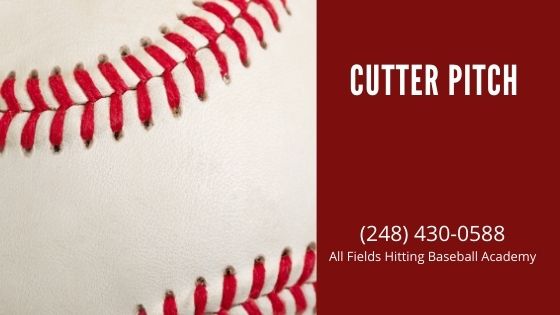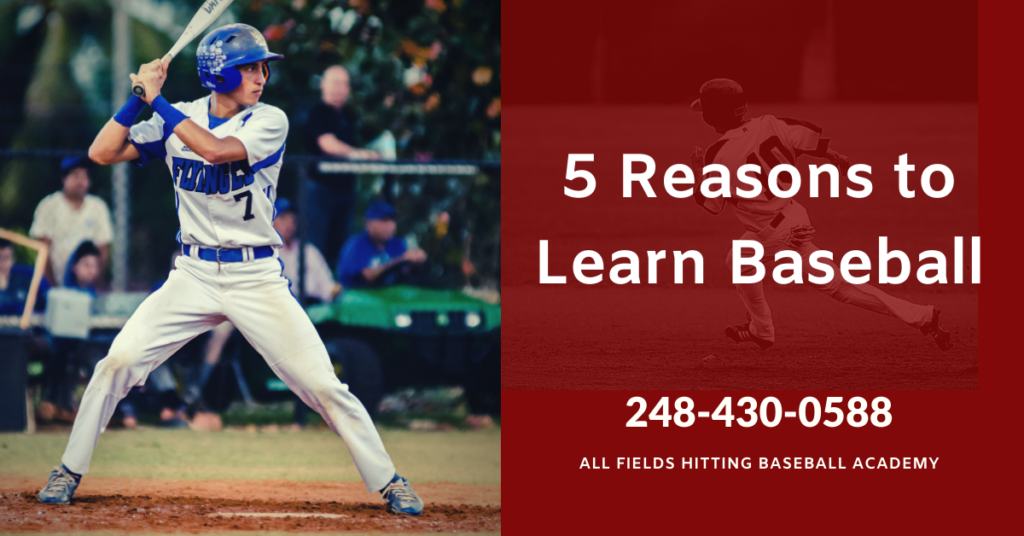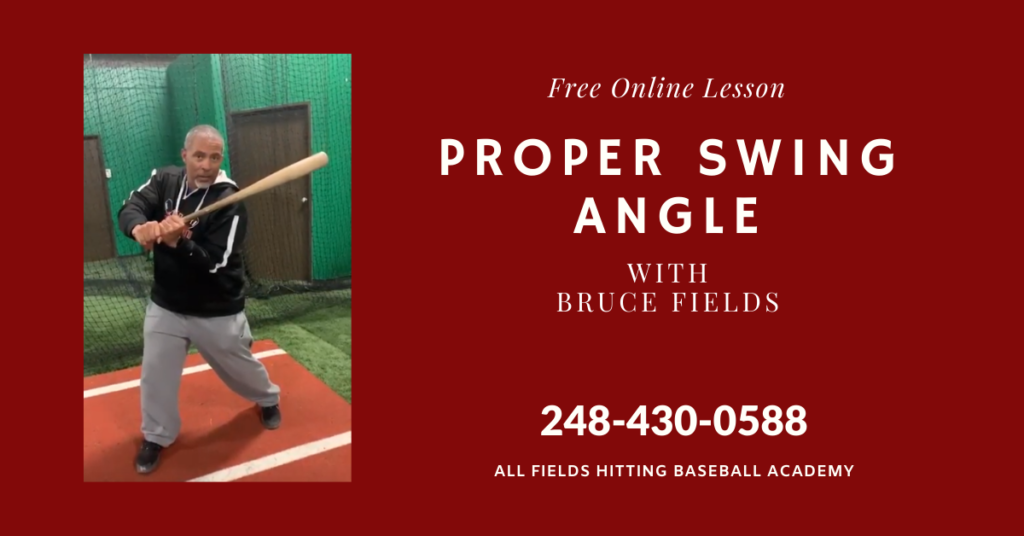Cutter
A cutter or cut fastball breaks to the glove-side of the pitcher, opposite of a two-seam fastball. A cutter is thrown with the same arm action and arm speed as a two-seam and four-seam fastball but held differently. Cutters are a few MPH slower than four-seam fastballs but can be controlled fairly easily.
This is a good spot to talk about arm mechanics while pitching. (This could be the subject of another article entirely.) Pronation is when your arm rotates so that your palm faces out, while supination is when your arm rotates so that your palm is facing in. Pronation makes the ball move arm-side and is mainly used in two-seam fastballs and circle change-ups. Supination is used to create glove-side movement with cutters, sliders, and curveballs. How far open the pitcher supinates his arm when releasing the ball determines 1. Velocity and 2. Break. Less supination gives you more velocity and less break, while more supination decreases velocity and increases break. Now, back to the cutter.


The cutter is the highest velocity pitch that still has some glove-side movement. This means that the ball is released with very little supination in the arm position. If a four-seam fastball is thrown with zero degrees of supination in the wrist, and a curveball is thrown with 90 degrees of supination in the wrist (palm of your hand facing in, top of your hand facing out), a cutter is thrown with only about 20 degrees of supination. A slider, for comparison, is halfway between a fastball and curveball and thrown with about 45 degrees of supination. A cutter is more of a fastball than a breaking ball, so it is thrown with less wrist supination. (Did I lose anybody yet?)
The cutter is gripped with your two fingers tight together with your middle finger along the inside seam of the large horseshoe. If you want more velocity, you put your fingers next to the skinny portion of the seams. If you want more break, you use the fat portion of the seams. As the ball comes forward during your pitch, you don’t “spin it” like most kids are taught to throw a curveball. Instead, you throw it with a fastball motion but with a slightly open or supinated arm position. This allows the ball to naturally spin off of your middle finger as it leaves your hand, creating slight glove-side movement while maintaining high velocity.
Cutters are especially effective against opposite-handed batters when thrown inside. If the batter swings at it and makes contact, they usually miss the sweet spot of the bat and hit it off of the handle, with a good chance of breaking their bat. When they do make contact, an inside cutter creates soft ground balls to the infielders.



